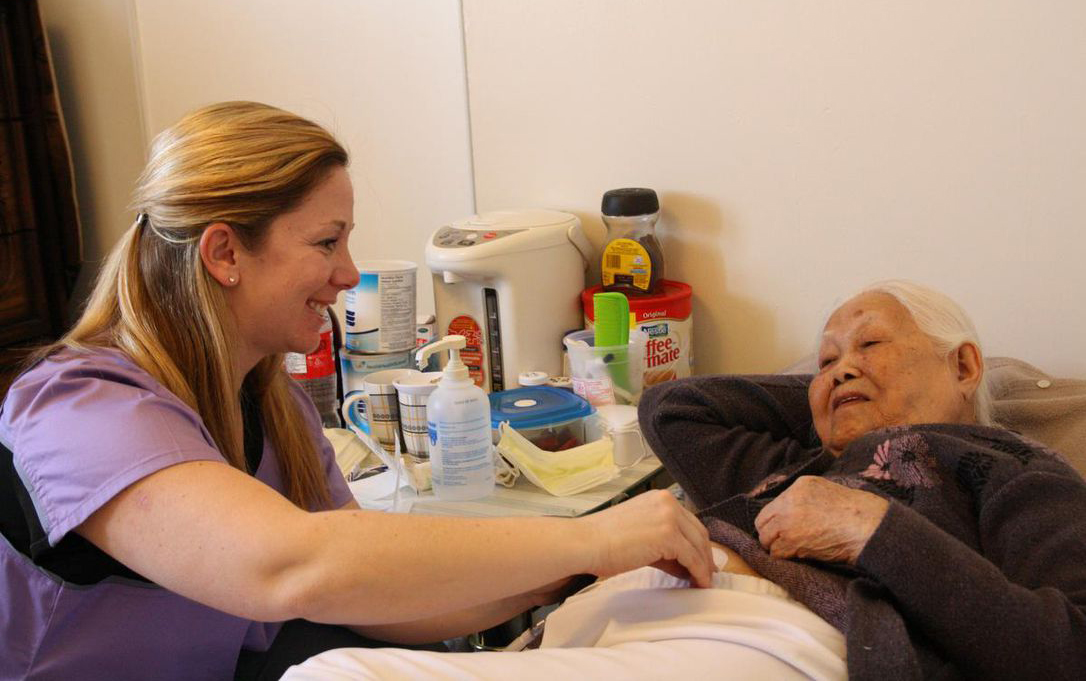
Written by Dr. Boris Kralj
Originally appearing in the Medical Post on March 30, 2019
Currently women constitute 40% of the Ontario and national physician workforces, and within a decade the physician pool will be evenly split among women and men. Already the majority of young physicians (those under age 40) are women.
An issue of concern to all workers in all sectors, and of increasing importance to physicians, is the gap in pay between males and females.
Outside of the physician sector this is a well-studied and understood problem, acknowledged by policymakers, with accompanying potential solutions and remedies, including the courts. For example, in Ontario, the Association of Ontario Midwives was successful in their application against the Ministry of Health and Long-Term Care alleging sex-based compensation discrimination.
 Figure 1: Ratio of average male to female MD fee-for-service payments in Ontario. Ratio, of course, would be 1.00 if men and woman earned the same in a year.
Figure 1: Ratio of average male to female MD fee-for-service payments in Ontario. Ratio, of course, would be 1.00 if men and woman earned the same in a year.
Access to physician payment data is difficult, and the little data that are in the public domain are typically disaggregated only by specialty. Pay by gender is never presented or discussed.
Figure 1 presents the ratio of male to female average professional fee-for-service payments annually for Ontario family physicians and all specialists for the 2006 and 2016 fiscal years. Only those physicians with payments exceeding $100,000 are included, as a proxy of full-time activity. Note that the pay gap is large: over 30% for family doctors and 40% for specialists, and unchanged over the past decade. The 40% gap equates to approximately $125,000.
 Figure 2: Ratio of average male to female MD payments, Ontario, by specialty.
Figure 2: Ratio of average male to female MD payments, Ontario, by specialty.
Figure 2 further disaggregates payments by individual specialty, as some gap between specialties can be expected due to differential training requirements. The gap persists across all specialties from the highest paid, such as ophthalmology and diagnostic radiology, to the lowest paid, such as pediatrics and psychiatry. In fact, the majority of Ontario pediatricians are female; nevertheless, we observe a 44% gender pay gap. With the limited data available, we are able to adjust somewhat for full-time effort and training—admittedly a rough adjustment only—but the remaining gaps and the persistence across every specialty and over time are glaring.
Some will attempt to explain away or marginalize the disparity with claims that female doctors work fewer hours than their male counterparts. According to the 2017 Canadian Medical Association Physician Workforce Survey the hours-gap between male and female physicians has narrowed to 3.7 hours per week, or 7.5%. With male physicians working an average of 52.9 hours per week compared to their female counterparts at 49.2 hours per week, there is still a gap in professional earnings of over 33%. Can this gap be explained by imperfect and incomplete data, or by bias and discrimination? It is probable that both data quality and inherent systemic biases are contributing factors. A critical fact is that nobody is examining or studying the issue, which is both surprising and alarming given the growing feminization of Canada’s physician population.
There is always much discussion and debate on disparities in pay across specialties, such as between ophthalmology and psychiatry, as well as within specialties. These are the topics captured under the “relativity” banner that plague many provincial medical associations. However, these discussions never include the disparity in pay between male and female physicians. This is an issue that has been obscured by the medical profession’s traditional focus on inter- and intra-specialty relativity. The gender pay gap has been “collateral damage,” unnoticed in the relativity battles.
As the proportion of women in medicine continues to rise, the pressure to examine, understand and potentially address the pay gap will also rise rapidly. Organized medicine needs to be proactive in studying and addressing the issue. Failure to do so may pave the way for legal actions, such as that successfully undertaken by Ontario’s midwives.
Boris Kralj (PhD) is the founder and principal consultant with Perspicacity Intelligence & Analytics. Follow him on Twitter: @BorisKraljPhD
Image Credit: ©Antonio_Diaz – Can Stock Photo Inc.







